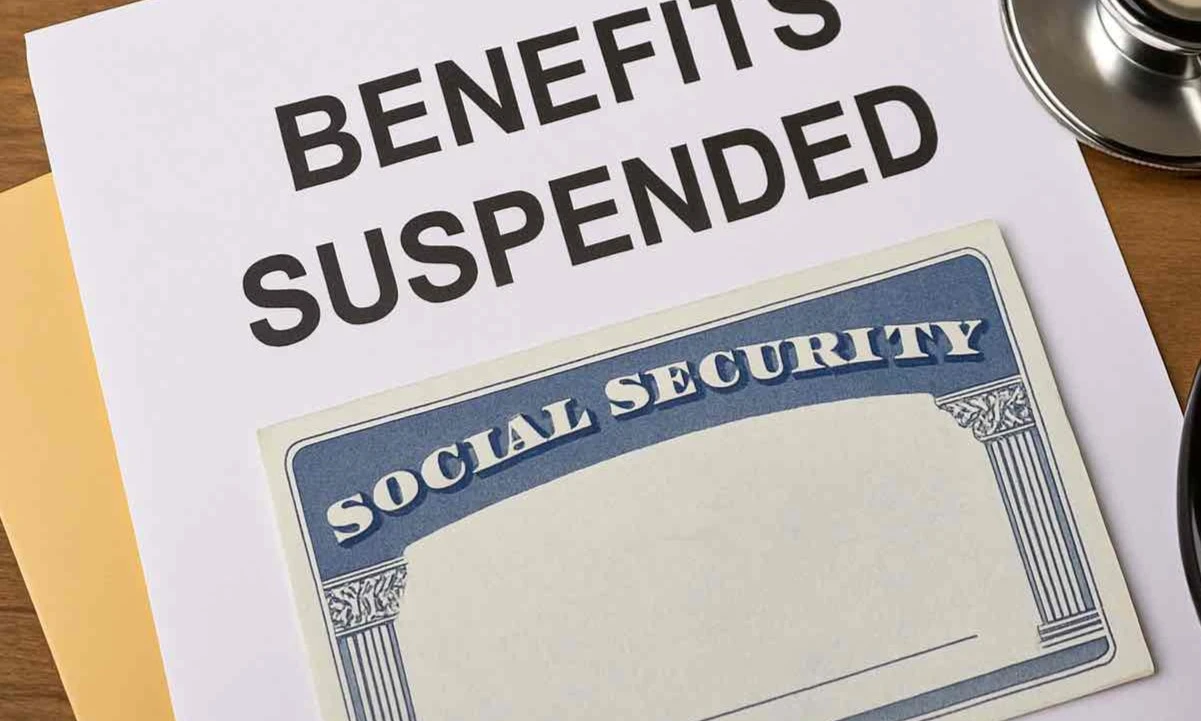For many Americans, Social Security is a lifeline in retirement. The monthly payments you receive depend on the age you start collecting them. You can claim as early as 62, though that means smaller checks for life. Waiting until full retirement age, which is 67 for people born in 1960 or later, gives you the standard benefit amount. If you wait all the way until 70, you’ll get the largest monthly payment possible.
But life isn’t always predictable. You may start benefits early because you need the money, then later find yourself in a better position financially maybe you’ve gone back to work or received other income. In that case, you might not need Social Security right away. That’s where benefit suspension comes in. The Social Security Administration (SSA) allows certain people to temporarily stop receiving payments, which can help boost future checks.
What Does Benefit Suspension Mean?
When you suspend your benefits, you’re telling the SSA to pause your Social Security payments after you’ve already started them. While payments are on hold, you earn what are called “delayed retirement credits.” These credits increase your benefit by roughly 8% for every year you delay, up until age 70. This option is designed for people who reach full retirement age but want to grow their benefit. It’s a way of trading smaller checks now for larger ones later in life. The SSA explains this process in detail on its official website.
Who Can Suspend Their Benefits?

Not everyone can hit pause on their Social Security. You must have reached full retirement age but still be under 70. If you claimed early say, at 62 you won’t be able to suspend until you reach 67. There is one exception. If you’ve been receiving Social Security for less than 12 months, you can withdraw your application instead. But there’s a catch you’ll need to pay back all the money you’ve already received.
How Do You Suspend Benefits?
The good news is that suspending benefits is simple. You don’t need to fill out complicated forms. You can-Call the SSA directly, Write a letter requesting suspension, Visit your local Social Security office in person. Once the SSA processes your request, the suspension begins the month after they receive it. It can’t start before your full retirement age or before your first entitlement month. If you don’t restart payments sooner, they’ll automatically begin again at age 70.
What You Need to Keep in Mind
While suspending benefits can lead to higher checks later, it also affects other payments tied to your record. For example, if a spouse or child is receiving benefits through your work record, those will stop during the suspension. Divorced spouses’ benefits are the one exception they will continue. If you collect benefits based on someone else’s record, those will stop as well. Supplemental Security Income (SSI) is also off the table while your benefits are suspended.
Another big factor is Medicare. If you’re enrolled in Medicare Part B, premiums are usually deducted from your Social Security checks. With suspension, you’ll be billed directly. Missing payments could even cost you your coverage, so this step requires close attention.
Should You Suspend Your Benefits?
Suspending Social Security benefits isn’t for everyone, but it can be a smart move if you can afford to wait. Larger payments later may give you more security in your 70s, 80s, and beyond. Before making a decision, it’s wise to speak with the SSA directly or use their Retirement Estimator tool to see how suspension would affect your future benefits. A financial advisor can also help weigh the pros and cons based on your personal situation. At the end of the day, benefit suspension is about flexibility. It allows retirees to adjust their plans if circumstances change, and it can lead to a stronger financial safety net in the long run.



